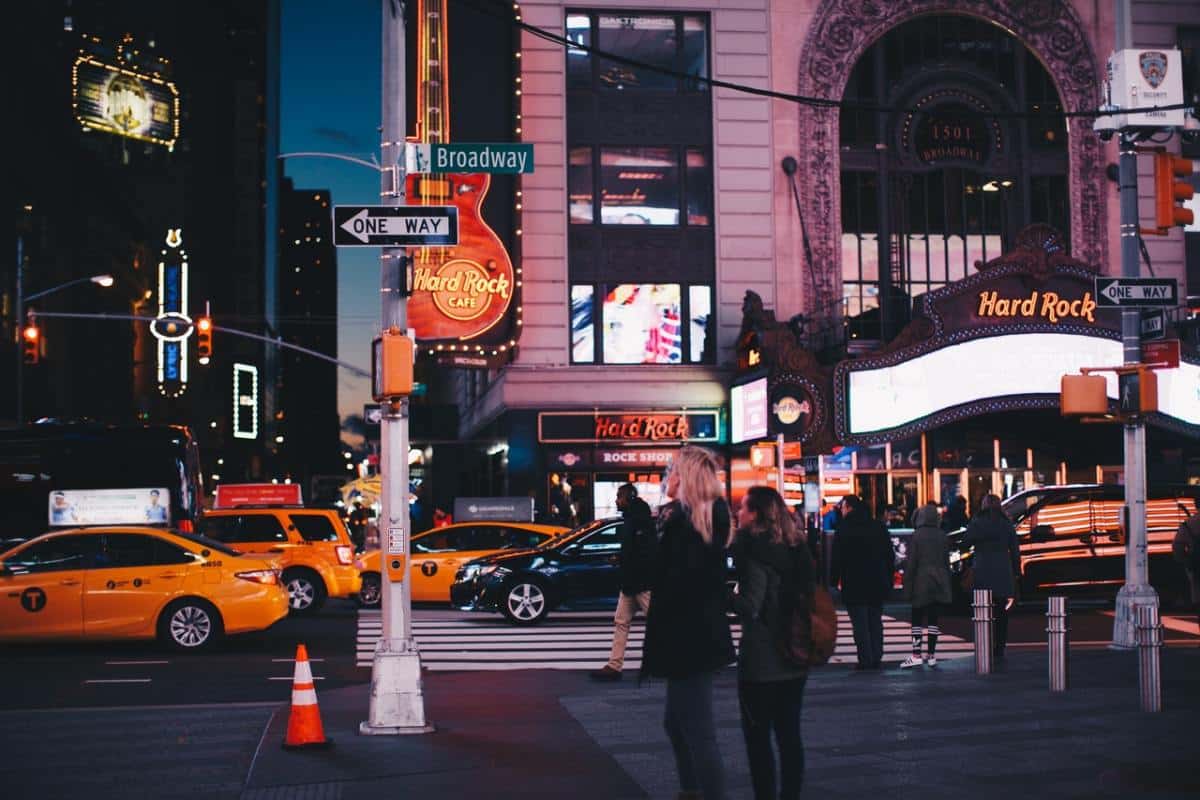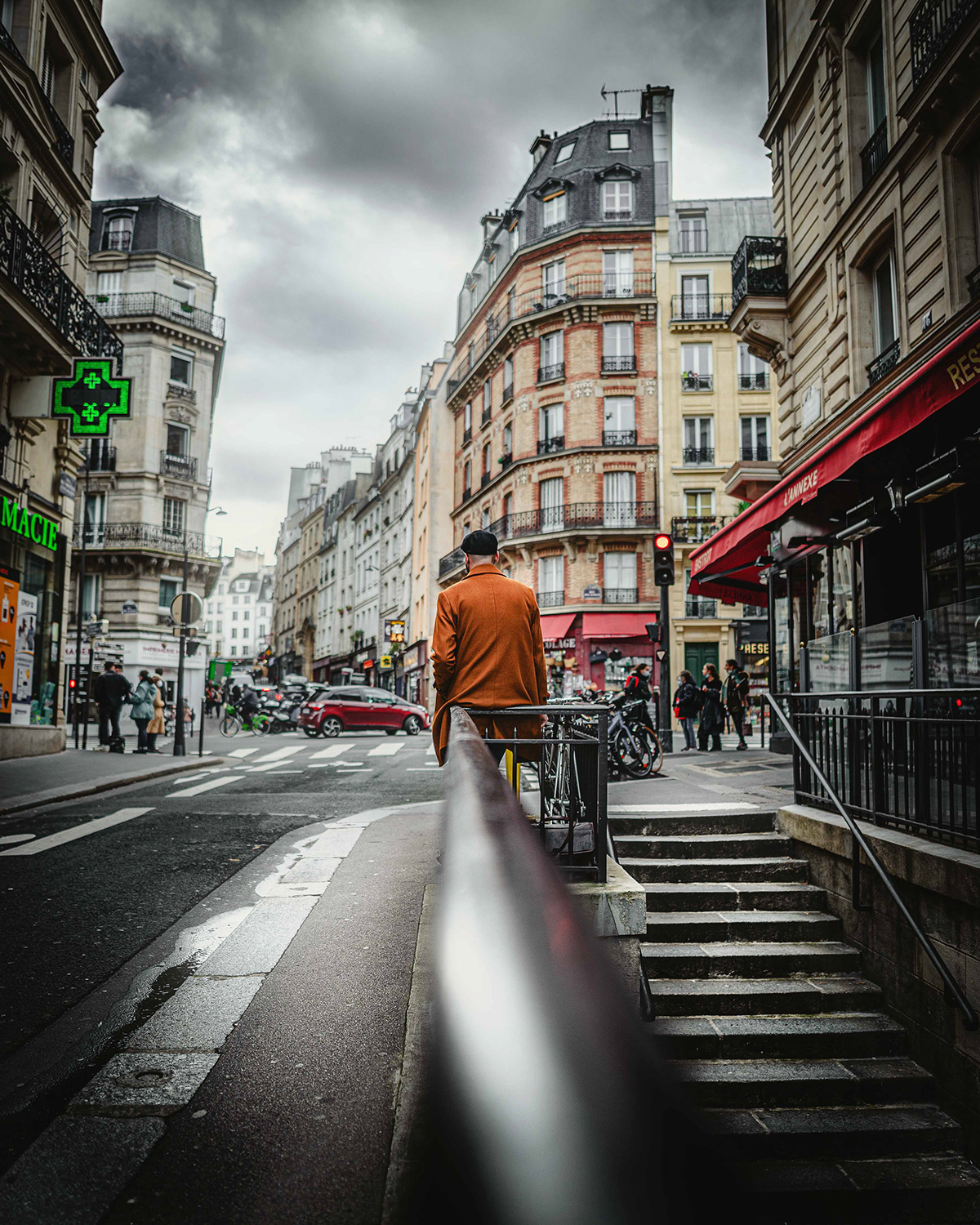The Facts About Street Photographers Revealed
The Facts About Street Photographers Revealed
Blog Article
3 Easy Facts About Street Photographers Shown
Table of ContentsThe Greatest Guide To Street PhotographersMore About Street PhotographersOur Street Photographers DiariesNot known Incorrect Statements About Street Photographers What Does Street Photographers Do?
, a style of photography that documents everyday life in a public area. The actual publicness of the setup allows the photographer to take honest pictures of strangers, typically without their knowledge. Street photographers do not always have a social function in mind, but they choose to isolate and catch moments which could or else go unnoticed.He was influenced by several of those who affected the street digital photographers of the 1950s and '60s, he was not chiefly interested in capturing the spirit of the road. The impulse to visually document individuals in public began with 19th-century painters such as Edgar Degas, douard Manet, and Henri de Toulouse-Lautrec, who functioned side by side with photographers attempting to capture the essence of city life.
Due to the comparatively primitive modern technology readily available to him and the long direct exposure time needed, he had a hard time to catch the hustle and bustle of the Paris streets. He try out a series of photo techniques, attempting to locate one that would enable him to record movement without a blur, and he located some success with the calotype, patented in 1841 by William Henry Fox Talbot. As opposed to Atget, photographer Charles Marville was employed by the city of Paris to produce an encyclopaedic paper of Haussmann's metropolitan planning job as it unravelled, thus old and brand-new Paris. While the photographers' topic was essentially the very same, the outcomes were significantly different, demonstrating the impact of the digital photographer's intent on the character of the photos he created.
The Ultimate Guide To Street Photographers
Provided the great high quality of his photographs and the breadth of product, designers and artists commonly got Atget's prints to use as reference for their own work, though industrial rate of interests were barely his major motivation. Instead, he was driven to photo every last residue of the Paris he loved.

Unlike his peers, Brassa utilized a larger-format Voigtlnder video Recommended Site camera with a much longer direct exposure time, forcing him to be much more computed and thoughtful in his method than he could have been if utilizing a Leica. more helpful hints (It is assumed that he may not have actually had the ability to pay for a Leica during that time, but he did, nevertheless, utilize one in the late 1950s to take colour photos.) Brassa's photos of the Paris underworld lit up by man-made light were a discovery, and the collection of the collection that he published, (1933 ), was a significant success.

Street Photographers - The Facts
It is because of this fundamental understanding of the art of image taking that he is often credited with finding the tool around once more approximately a century considering that its development. He took photos for more than a half century and affected generations of photographers to trust their eye and intuition in the moment.
These are the inquiries I shall attempt to answer: And then I'll leave you with my very own meaning of street digital photography. Yes, we do. Allow's start with defining what an interpretation is: According to it is: "The act of specifying, or of making something definite, distinct, or clear".
No, most definitely not. The term is both restricting and deceiving. Seems like a street digital photography ought to be find out photos of a streets ideal?! And all street photographers, besides a handful of absolute newbies, will fully value that a road is not the key component to street digital photography, and actually if it's a photo of a road with possibly a few monotonous people doing nothing of passion, that's not street digital photography that's a photo of a road.
Things about Street Photographers
He makes a legitimate point don't you believe? Nevertheless, while I agree with him I'm unsure "candid public photography" will certainly catch on (although I do sort of like the term "candid photography") because "street photography" has actually been around for a long time, with numerous masters' names affixed to it, so I think the term is right here to remain.
You can fire at the beach, at a celebration, in an alley, in a park, in a piazza, in a cafe, at a museum or art gallery, in a city station, at an occasion, on a bridge, under a bridge ...
What Does Street Photographers Mean?
Yes, I'm afraid we worried no choice! Without policies we can not have an interpretation, and without a meaning we don't have a style, and without a category we do not have anything to define what we do, and so we are stuck in a "rules definition category" loop! - Street Photographers

Report this page